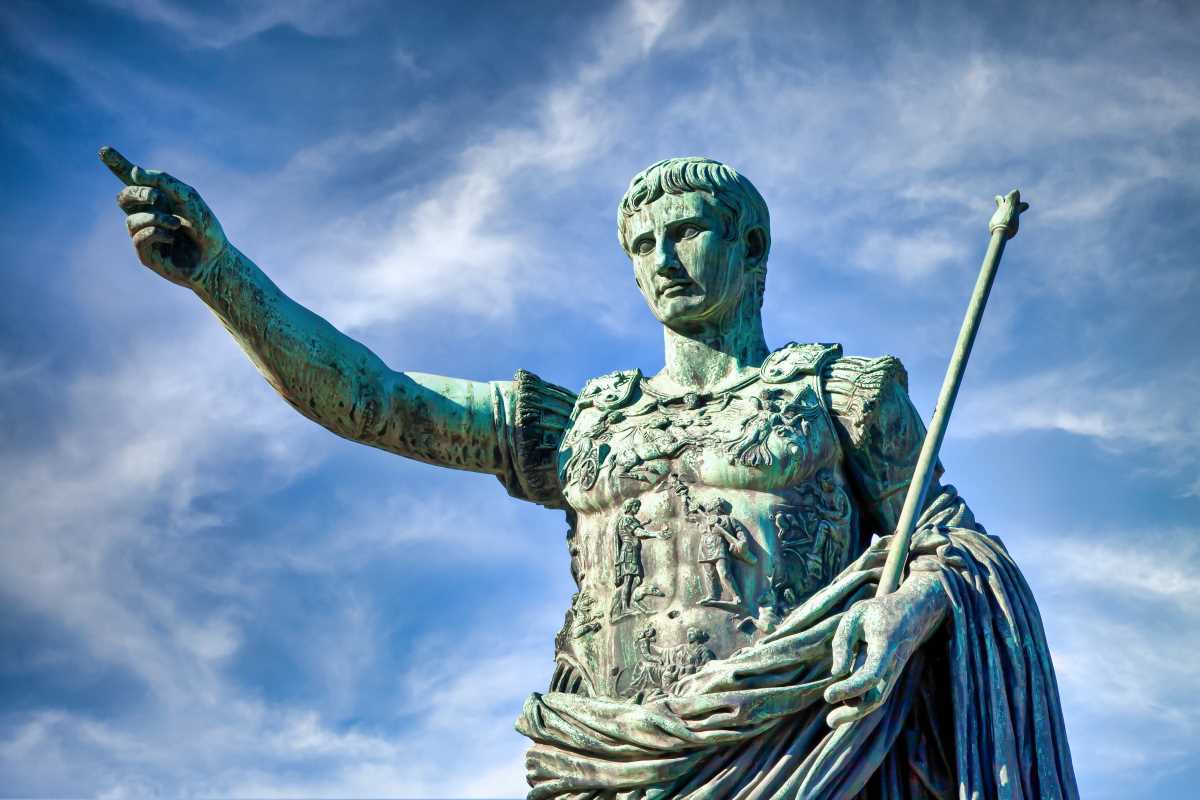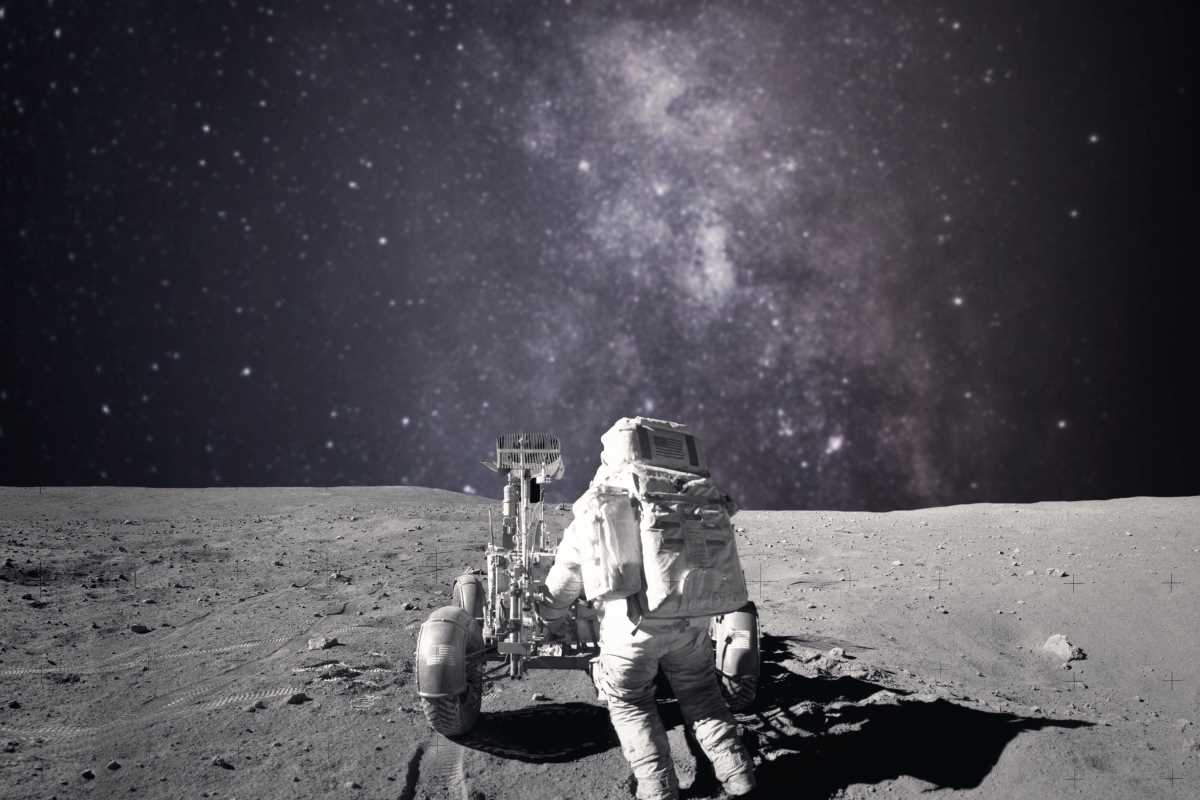Legends and myths have a way of pulling us in. They’re full of thrilling plots, larger-than-life heroes, and sometimes more than a little exaggeration. But what if the wild stories we’ve heard about dragons, mysterious cities, or epic battles aren’t completely made up? Throughout history, people have told stories that mix facts and fantasy so seamlessly that, sometimes, it’s hard to know where one ends and the other begins. And in some cases, there’s actual evidence that real events or people may have inspired these tales. From ancient Troy to the Loch Ness Monster, let's dig into a few legends that might have been rooted in reality and uncover why they still stick with us today.
The Trojan War and the City of Troy
If you’ve read The Iliad, you’ve heard about the Trojan War. It’s a story packed with gods, epic battles, and one very famous wooden horse. For centuries, most people thought Homer’s tale was pure myth. Then, in the 19th century, archaeologists uncovered ruins in modern-day Turkey that they believe are the remains of Troy, a city that could have been at the center of the Trojan War. While we may never know if there was an actual war over Helen of Troy, there’s growing evidence that parts of the story are based on historical events. It’s remarkable to think that a tale over 3,000 years old might have a grain of truth hidden in its epic poetry.
Dragons Might Be Dinosaurs (Or Crocodiles?)
Dragons show up in myths and legends from nearly every culture, from Chinese folklore to medieval European tales. Sure, you probably won’t see a fire-breathing serpent flying around anytime soon, but some historians think the idea of dragons might have come from real encounters with scary creatures. For instance, ancient people could have stumbled across dinosaur fossils and imagined them as living beasts. Others have suggested that large reptiles, like crocodiles or massive snakes, may have inspired dragon myths. If you lived in a pre-science era and stumbled across a T. rex skeleton in the desert, you'd probably believe in dragons, too.
The Lost City of Atlantis
Atlantis is one of history’s most famous “lost” cities. The idea comes from the writings of Plato, who described it as an advanced civilization destroyed by a massive catastrophe. While many see Atlantis as a purely fictional cautionary tale about greed and hubris, some researchers have looked for real-world inspiration. It's possible that Atlantis could be based on the Minoan civilization on the island of Crete. The Minoans were a highly advanced society wiped out by a massive volcanic eruption around 1600 BCE. The similarities between this real event and Plato’s story make you wonder if Atlantis was just slightly exaggerated history.
The Legend of King Arthur
The story of King Arthur and Camelot is the stuff of literary gold. There are knights, magical swords, and even an enchanted wizard named Merlin. Of course, it’s easy to assume this tale is pure fantasy. Despite this, some historians believe King Arthur might be loosely based on a real figure, possibly a leader in Britain during the 5th or 6th century. Back then, several warlords tried to defend Britain from invading Saxons. Over time, the stories of one such leader may have been mythologized into the Arthur we know today. The tale could just be a mix of history and heroic embellishments that snowballed over time.
The Loch Ness Monster (Nessie)
Does a giant, dinosaur-like monster live in a lake in Scotland? The Loch Ness Monster, or “Nessie,” is one of the most famous cryptids (creatures people believe exist, but science hasn’t confirmed yet). Sightings of a strange creature in Loch Ness date back as far as the Dark Ages. Could people be seeing something real? Scientists point out that large underwater creatures, like sturgeons or even ancient whales, may have inspired the legend. It’s also possible that the power of suggestion (like people hearing stories and imagining things they see in the lake as Nessie) is keeping the myth alive. Either way, the tale of Nessie is one mystery that refuses to disappear.
Beowulf and Grendel
The Old English epic Beowulf tells the story of a hero taking on a terrible monster named Grendel. There are experts who speculate that parts of the story could have been based on real events. For instance, the fear of marauding enemies or even wild animals may have led ancient storytellers to describe them as monsters. Back before science could easily explain the natural world, there was a tendency to mythologize threats like wolves, bears, or rival warriors into monstrous characters.
Real Historical Fear Behind Vampires
Before Twilight made vampires sparkly and mysterious, they were seen as something to be genuinely terrified of. Vampire legends come from many different cultures, but one of the most fascinating connections has to do with diseases. For example, in 18th-century Europe, people blamed unexplained deaths on supposed vampires rising from the grave to feast on the living. It’s now believed these fears were related to the spread of diseases like tuberculosis, also known as consumption. The symptoms of TB, such as pale skin and wasting away, matched up eerily well with how vampires were described. Toss in a little superstition, and suddenly you've got a full-blown vampire legend.
At their heart, legends show us how creative and imaginative humanity has always been. They teach us about the values, fears, and hopes of the people who told these stories. Maybe today’s urban legends will become tomorrow’s myths, passed down to future generations. Because if there’s one thing we know, it’s that these tales, true or otherwise, will never disappear entirely. After all, everyone loves a good story.
 (Image via
(Image via





